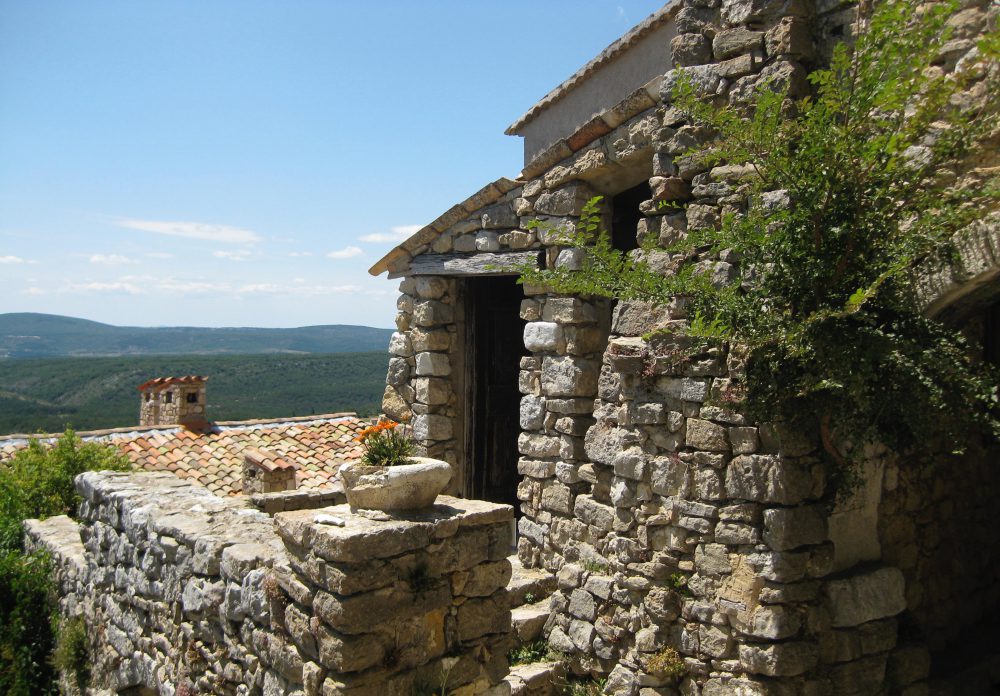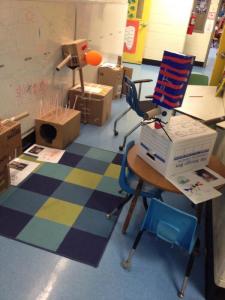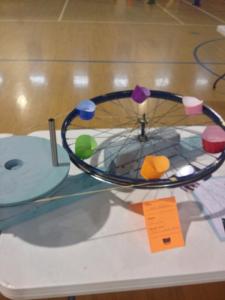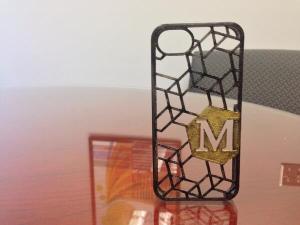When a principal wanders into my office during the middle of state testing and just a week or so away from the end of the year, I am realistic in not expecting the same charged enthusiasm I heard earlier in the year. After all, I’ve been there. The end of a school year can sap a principal’s energy as s/he engages in a faster than typical urgency to make decisions and take action. Principals spend the end of the year in both start up and wind down mode – hiring new teachers, taking part in celebrations, often dealing with increased discipline issues and last minute parental concerns while pitching in with anything that needs to get done to bring a school year to closure. In May, the pace can suck the life out of a principal.
This week I ended my Friday chatting with a principal who brought a fresh energy into my office, delighting me with his affirmation that working in an at-risk school is his life’s work. I’ve always known that about him but his perspective was different yesterday. Why? The school staff has imagined and embraced a change that he believes has energized children, brought families closer to the school, and catalyzed a renewed joy of teaching among staff. I’d love to be able to bottle his perspective and share it with America’s educators. But, I don’t need to. This school’s secret is encapsulated in one word.
MAKE. Make not as an add on to the “real” work. Make as integral work. In this school where kids experience a design, build, and create ethos across the entire school, the staff realize that kids who make things are engaged – and empowered. They are curious. They want to learn. They are having fun. Discipline issues are basically nonexistent this year. State test scores are up. The principal’s imagination is on fire. The teachers are already thinking about how to make an even more powerful maker school experience next year.
Why has making ignited educators, parents and students in this school?
Making embeds informal learning into formal learning experiences. Kids develop more complex vocabulary, apply critical math skills, and explore a range of knowledge as they make. As the principal shared a digital image portfolio with me, his stories jumped out of joyful learning narrative. The story of a young child who decided he didn’t want to make the Statue of Liberty (his choice) but to be the Statue of Liberty complete with cereal box sandals, cardboard body and scepter, and a post it note tablet. The idea that making can be captured in movies and art work and iPad interviews. A project in which two fifth graders created a design for a maker patio outside classrooms, presented it to a landscaper, and now will get to see their project actually built with PTO support.
As we’ve embedded a #make2learn #learn2make mindset as a learning transformation pathway across 26 schools in my district, we are learning there are no linear instructional recipes or boxed programs for this work. Instead, maker education represents learning opportunity embedded in a conceptual frame of choice, interest, curricula bending, risk-taking, collaboration, curiosity, inquiry, tool cribs, and time flexibility.
Interest. Engagement. Passion. Empowerment. Agency.
Because of our work to bend curricula, instruction and assessment away from the standardization movement and toward the maker movement, I am particularly interested in the impact of making as a pathway to learning – a pathway along which children and teens pursue interests, engage their hands and minds, find passions, empower themselves and others, and discover a sense of personal learning agency. The stories this principal shared with me parallel stories that are emerging all over the district.
When I listen to teens describe how they work together to create contemporary music in a music industry studio (created in an old library storage room, no less) – writing lyrics, constructing music and beats, learning to use recording devices, practicing, producing and marketing – I am reminded that making to learn comes in a variety of forms and that when we step away from the standardization we practice in schools, making allows young people to access curricula that otherwise might not be available or of interest to them.
Imagination. Creativity. Ingenuity. Problem-solving. Solution-finding.
Why are we pursuing making? We humans naturally are curious creatures who seek to solve dilemmas, discover shortcuts through invention of new tools, and to express their understanding of the world through art forms. As soon as we can bang pots together, stack blocks, or smear paint we become makers. Children spin their imaginations into creating as they use the materials around them in ingenious ways to solve problems and find solutions to grand challenges. They persist. They ask questions. They seek knowledge. They share ideas. They try new ways of doing things. They dream.
When I watch young people challenged by thorny problems begin to work together to find solutions, it strikes me that boredom is not in their vocabulary. I’ve seen learners, elementary to high school, use 3-D printers to re-engineer artifacts such as the Vail telegraph and Civil War mini-balls. They’ve designed and printed unique smart phone cases, screws for library furniture, and science lab pulleys. These learners don’t recognize the limits set on their learning by content standards created by people far from the classrooms they attempt to standardize. Instead, these learners seek rigor in their own learning as they take on challenges that build all the competencies that an adult might use in the home, at work, and for a lifetime of wanting to know and do more.
Exploration. Discovery. Design. Experimentation. Invention.
I’ve experienced the joy of children and teens in school this year who find themselves with opportunities to sustain their natural curiosity along learning pathways as they search, connect, communicate and make in and out of school. I am reminded in other classrooms that learning doesn’t happen so well when children and teens are seated in rows for hours on end and expected to vicariously acquire knowledge from the dominant teaching wall. Children and teens like to explore the world in which they live. They seek challenges and take risks as they discover pathways to learning that take them beyond the known horizons of their lives. They tune in through play, stories, movement, games, apprenticeships, and interaction. They design, experiment, and invent to take on new challenges.
They experience ….
Joy. Why would anyone question that joy fuels learning? When young people accomplish hard work they experience joy. When they pursue an interest, they find passion and that passion fuels them to keep on working even when they might quit. When they become makers, they delight in the products they create.
This year, I’ve watched children build wooden boxes, design and construct electric guitars, exhibit their handmade pottery and oil paintings, cook soup, sew bow ties, sing original lyrics, direct, produce, and screen video documentaries. I’ve observed them writing code for websites, games, and apps for smart phones. I’ve read their published prose and poetry in paper and virtual formats. I’ve been delighted by their choreography for musicals and their performance of original drama productions.
For humans such as this teen choreographer are ultimately #maker learners by design …
I am convinced from my observations that when children are afforded opportunities to explore a rich ecosystem of learning inside and outside of school, they experience an authentic growth in knowledge and competencies that has seldom been available to learners since the printed book began to dominate the ecosystem. When maker experiences become prevalent, all learners thrive, even those who experience great difficulty in traditional school.





I designed that phone case I know those people this is intense.
Kristen,
Thanks for sharing – Dr. Turner loves that case. He is always sharing it. You’ve got design skills for sure. Best wishes and congratulations on graduating yesterday.
Pingback: On maker: Interest. Engagement. Passion. Empowerment. Agency. Joy. | We The Family
Thanks Kristen. A very motivating read. I had you for a prof, I believe, at DeSales and you made me create. I did learn so much. My first graders scores skyrocketed in both math and reading this year and I believe it was because we created (applied) after we presented the skills.
Pingback: Weekly Education Links (weekly) | A Principal's Life
Pingback: Flipped Teaching and Learning News and Resource Wrap for 06-10-14
Make to learn is a district wide focus that dovetails with project and problem based work of our kids. I could write this story about so many who are creating pathways to learning across content by figuring out how to build time to make.
Pingback: Makers By Design - A Space for Learning #Maker ...
Pingback: Makers By Design – A Space for Learning #Maker #MakerED | Flexibility Enables Learning
Pingback: Makers By Design | Maker Movement | Scoop.it
I enjoyed reading this post. This is the culture that one attempts to create with the maker movement. How do you assess the effectiveness?